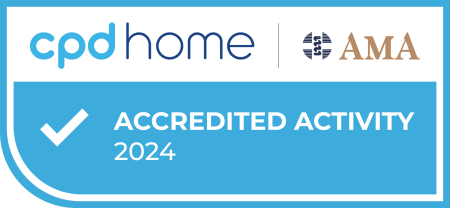Finding accredited CPD
The SCARD Surgical Audit is a real-time tracking tool that optimizes patient safety and offers practitioners on-demand feedback by monitoring the diagnostic and therapeutic process. Tailored for primary care skin cancer practitioners, SCARD enables self-auditing. Through self-auditing and the analysis of data from the SCARD Data Pool, practitioners can showcase their dedication to Continuing Professional Development (CPD) and ongoing education.
Our CPD program is conducted on a per-lesion basis, requiring a minimum of 40 specimens to be collected during each evaluation period. We strongly encourage practitioners to record data for all patients receiving treatment for skin cancer-related conditions.
The standard collection period spans two months, but this timeframe may vary depending on the practitioner's location and patient volume. For instance, practitioners in rural or remote areas might need up to six months to accumulate the minimum required specimens. The data collection process is then repeated in a subsequent non-contiguous period, still aiming to meet the minimum specimen requirement.
At the conclusion of each collection period, SCARD generates comprehensive reports. These reports include a comparative analysis of the practitioner's surgical records with aggregated data from peers through the SCARD Data Pool.
Implement an audit for surgical and non-evasive treatment of skin malignancies
Develop communication processes with diagnostic providers
Compare own data against de-identified clinical results of peers operating within the same practitioner classification and location types
Identify patients with lesions requiring additional action through your surgical audit to ensure the ongoing care & safety of patients
Participate in communication with the facilitators and extended research to interpret and learn from the information collected.
By participating in the SCARD audit, practitioners can effectively monitor their performance and track improvements over time.
The following long-term changes can be observed:
Disclaimer: Please note, once you click 'Register now' you will be leaving the AMA’s CPD Home website and entering a third-party education provider’s website. If you choose to register for this learning, you will need to provide some of your personal information directly to the third-party education provider. If you have any queries about how third-party education providers use, disclose or store your personal information you should consult their privacy policy.
Upon completion, your CPD activity record may take up to 4 weeks to be reflected on your CPD Home Dashboard.
You have to log in to see the content of this module.
Provided by
Accredited by
